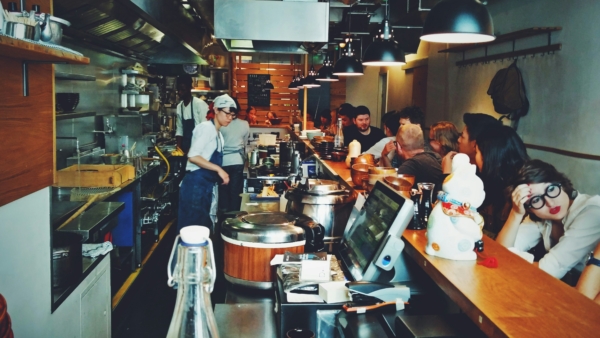10 Tips to Reduce Restaurant Food and Operating Costs

In recent years, the restaurant industry has faced unprecedented challenges due to rising food and operating costs. With inflation driving up the prices of ingredients, utilities, and labor, it’s become increasingly difficult to maintain profitability. Implementing cost-saving measures not only helps in sustaining business operations but also ensures long-term success by improving financial stability and resilience. In this article, we will explore practical and actionable steps that you can take to reduce food costs and operating expenses, without sacrificing the quality and service your diners expect.
Get all these tips and more in our free on-demand webinar. Learn from experts at ChowNow and 7shifts how you can manage inflation without raising menu prices.
Reduce Food Costs by Planning Ahead
How to reduce food costs and waste:
- Be mindful about portion sizes: Observe which dishes frequently return with leftovers. Reducing the portion sizes of these items can help minimize food waste and lower food costs.
- Run specials to use expiring products: Create daily or weekly specials to utilize ingredients nearing their expiration dates. This not only reduces waste but can also attract customers looking for unique and limited-time menu items.
- Standardize recipes: Ensure all staff members use the same recipes and ingredient quantities. Standardizing recipes helps maintain consistency in food quality and cost control.
- Strategically plan your menu: Engineer your menu to highlight your most profitable dishes and optimize for upselling. For example, charging a small fee for modifications and add-ons can increase ticket size, while giving diners the freedom to customize their order.
- Optimize inventory management: Invest in an inventory management platform, like MarketMan, to better forecast inventory needs, track expenses, and monitor COGS.
Identifying opportunities to reduce food costs is a great starting point, but only part of the savings equation. Now, let’s walk through a few ways you can save on equipment and utility expenses.
Be Smart About the Tools You Use and How You Use Them
How to reduce equipment and utility costs:
- Educate staff on smallwares costs: Train your staff about the costs associated with smallwares like glasses, cutlery, and plates. Emphasize careful handling to prevent breakages and losses, which can add up over time.
- Swap traditional tools for energy-efficient alternatives: Switch to energy-efficient bulbs and fixtures and install a smart thermostat to optimize heating and cooling schedules. Reduce water usage by opting for a high-efficiency pre-rinse spray valve in your dish room (efficient models can save you up to $350 annually!).
- Prioritize equipment maintenance: Extend the lifespan of your equipment by planning for regular inspections, cleaning, and timely repairs. Implementing a maintenance routine early on will help avoid damage and costly downtime in the future.
Opt for Sustainable Online Ordering
Another restaurant operating expense that can significantly cut into your profits is online ordering. While hefty fees from third party apps can feel like a necessary evil, there are steps you can take to regain control of your profits.
How to reduce online ordering costs:
- Add direct ordering on your website: Popular delivery apps can charge upwards of 30% on every order—those fees can quickly eat away at your bottom line. Integrate commission-free ordering on your website to keep 100% of profits on every order.
- Let diners know where to order: While you may be listed across multiple ordering providers, educate your diners about your preferred platform. For example, you can mark your preferred partner on search engines like Google, and share this info on your social media channels.
Finally, let’s look at how your restaurant can manage labor costs which can account for 29-33% of total revenue on average.
Reduce Labor Costs by Effectively Managing Your Team
Reducing labor costs isn’t simply about cutting wages, but rather making investments to improve staff efficiency and satisfaction. Check out this article from the experts at 7shifts to learn how to effectively manage labor costs and improve retention.
By implementing these strategies, you can significantly reduce your restaurant’s food and operating costs. Educate your team on the importance of these measures and involve them in your cost-saving initiatives. With careful planning and consistent execution, you’ll see improvements in your bottom line while continuing to provide an excellent dining experience for your customers.








